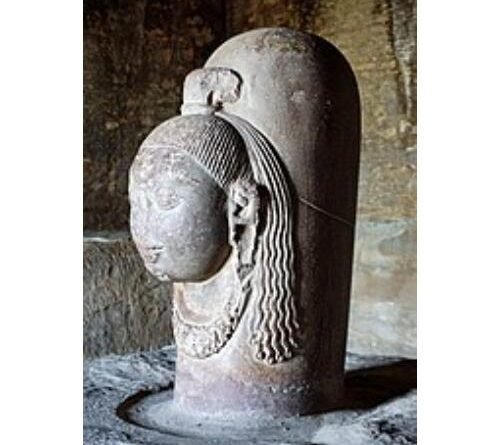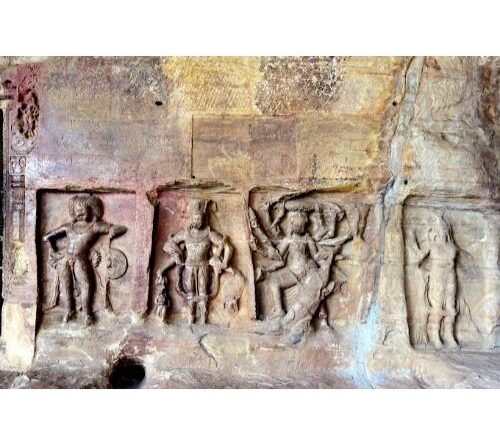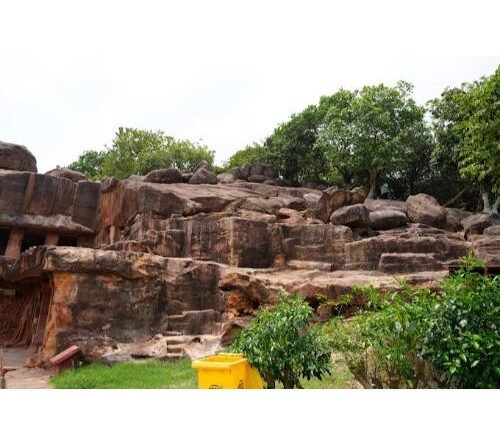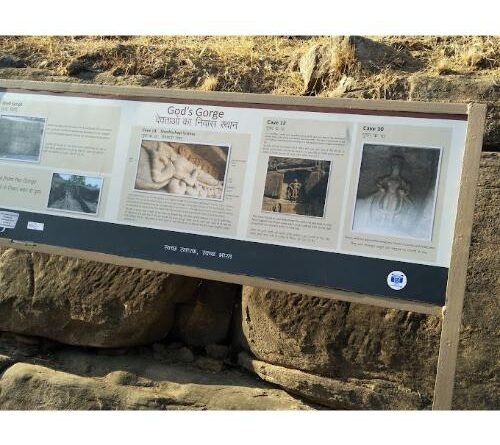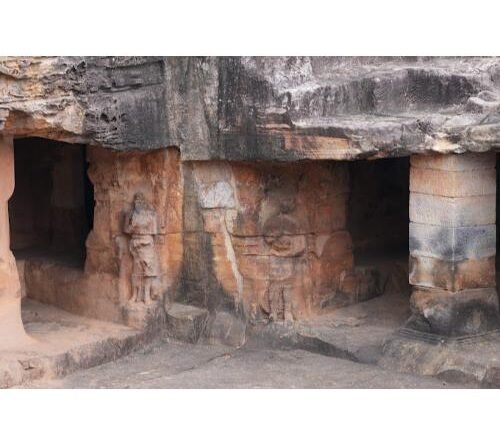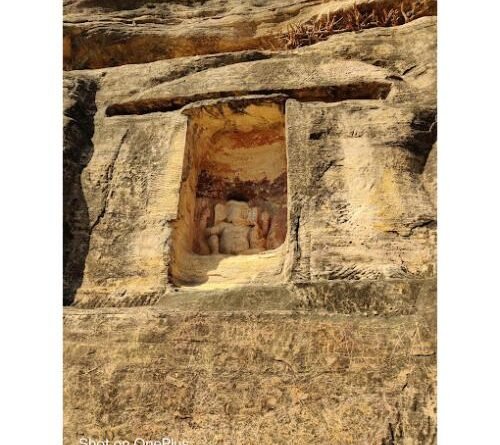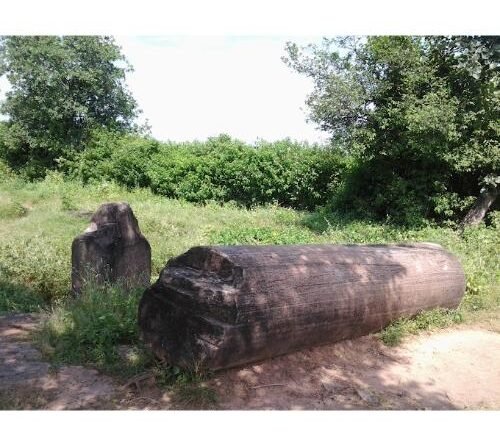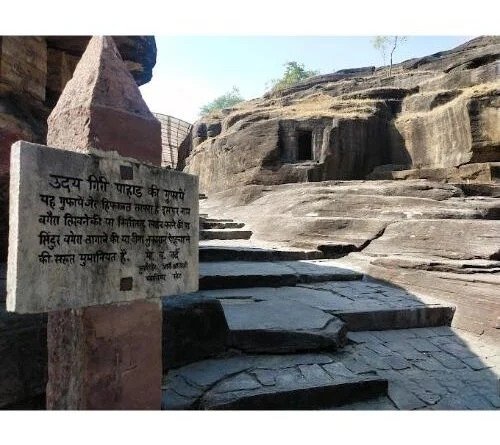Udaigiri Ki Shiv Gufayen/Udaigiri Caves Vidisha (Madhya Pradesh
The city of “Vidisha” is situated on the Bhopal-Delhi railway line, 65 kilometers away from Bhopal, the capital of Madhya Pradesh. It is here, 6 kilometers away from Vidisha, between Betwa and Bais rivers, on the banks of Halali River, “Udaygiri Caves” are located. Its distance from the historical place Sanchi is 13 kilometers. Udayagiri can be reached from Vidisha via Vais Nagar. This fall is about a mile away from the river. The evidence of stone sculptures found in these rock-cut caves on the eastern side of the hill is a milestone in the history of Indian art. There are total 20 caves in Udayagiri caves. Small rooms have been made by cutting stones.
Udayagiri was earlier known as “Neechagiri”. When Dhar came into the hands of Paramaras in the 10th century, Raja Bhoj’s grandson Udayaditya named this place “Udayagiri”. The local name of cave number 1 here is “Suraj” cave. It is 7 feet long and 6 feet wide. The inner chamber of Cave No. 3 is 86 feet long with a depth of 6 feet 4 inches. Cave number 4 is known as “Veena” cave. Cave number 5 is known as “Varaha” cave. It is 22 feet long and deep inside the stone. An inscription of 402 AD has been found in cave number 6,7 in which there is a description of the Gupta king Chandra Gupta II. This learned ruler from Pataliputra had come to Malwa.
Here in cave number 13, Shankha script is carved which is one of the oldest scripts in the world and which has not been deciphered till now. Apart from Udayagiri, this script has also been found in Uttar Pradesh, Karnataka and Maharashtra. Cave No. 19 is the largest cave among the caves of Udayagiri. It is said that there is a tunnel in Cave No. 20 which opens into Sanchi. Udayagiri was situated on a trade route in ancient India. Evidence shows that Udayagiri was associated not only with the Guptas but also with the Maurya, Shunga and Nagavansh. Many remains of the Buddhist period are also found in these caves, built in a secluded place away from the noise of the city. The first inscription of the Gupta period is also here.
Udayagiri was once a suburb of Vidisha city. The length of the ruins found on Giri Shikhar from east to west is 127 feet and width is 72 feet. Looking at this, it can be inferred that there must have been a grand building at this place. According to the Sinhalese text “Mahavansh”, the residence of Ashoka in his youth is a part of “Vagmala” mountain. Therefore, there is no doubt that this place situated on the banks of river Vais was Ashoka Bhawan. According to popular sources, even today it is called Ashoka’s palace. Ashoka was the governor here at that time. The inscriptions here are in Brahmi script whose language is Pali. The high wall of Halali Dam and the city of Emperor Ashoka visible from a distance is the same “Besnagar” or “Bhilasa” or Mahamalistan or “Vidisha”.
The pillars in the Udayagiri cave pavilion probably belong to the Gupta period temple built on the ruins of the Ashoka palace built on the hill. When this temple was destroyed, its pillars were brought down and reused. The authenticity of this fact is confirmed by the matching of the pillars recovered from the debris of the temple. The structure of the “Khoya” temple built nearby, which is now in ruins, is similar to the monasteries built in Sanchi. There was an “Ashoka Pillar” just in front of this temple, of which only the lower part remains. This pillar is very smooth. It looks as if it has been polished. Stupas of the 3rd century BC have also been found in the east of Besnagar. Archaeologists believe that this stupa is even earlier than that of Sanchi. Emperor Ashoka married the daughter of this place. His son Mahendra and daughter Sanghamitra were born and brought up here.
Near the Udayagiri caves, there is a pillar made of stone which is called “Heliodorus” Pillar. Local people call it “Khamb Baba”. It is worshiped by the people of Dhimar community. It was established in the beginning of the second century BC. This light brown colored pillar has “Aramaic” and “Brahmi” scripts engraved on it. Alberuni also came here during his visit to India. He addressed this place as Mahavalistan. Vidisha was also once the capital of the eastern Malwa region. In ancient India, the trade route from Pataliputra to Kaushambi via Ujjaini used to pass through Vidisha. This route further went to the west and connected ports like Bharukchha and Sopara. Some scholars are of the opinion that routes to various directions were known from here. Because of this it was named Vidisha.
This cave is a large open cutting which is one meter deep, 6.5 meters long and about 4 meters high. Here Vishnu is depicted as a boar-headed man, placing his left hand on the horoscope of the Naga king, who has an umbrella of thirteen snake heads. Cave 5 in the Notched Cut Caves of Udayagiri is famous for a composite representation of the Varaha Avatar, the third incarnation of Vishnu.










